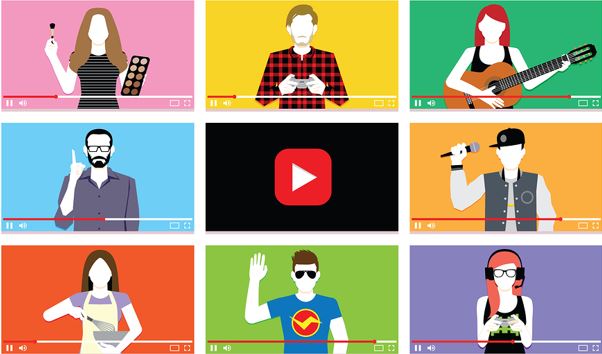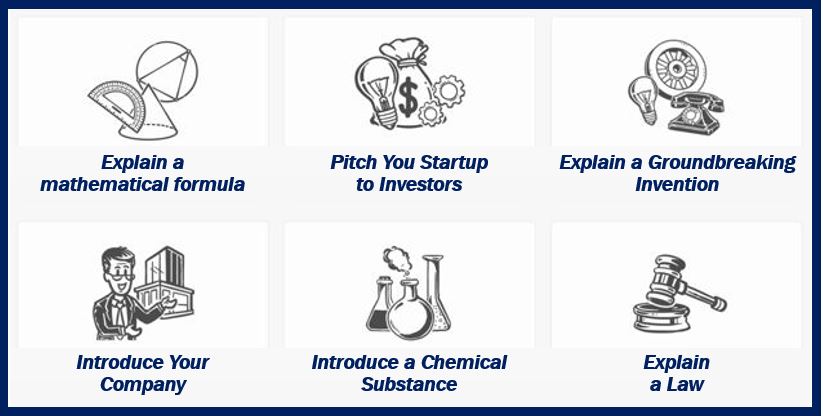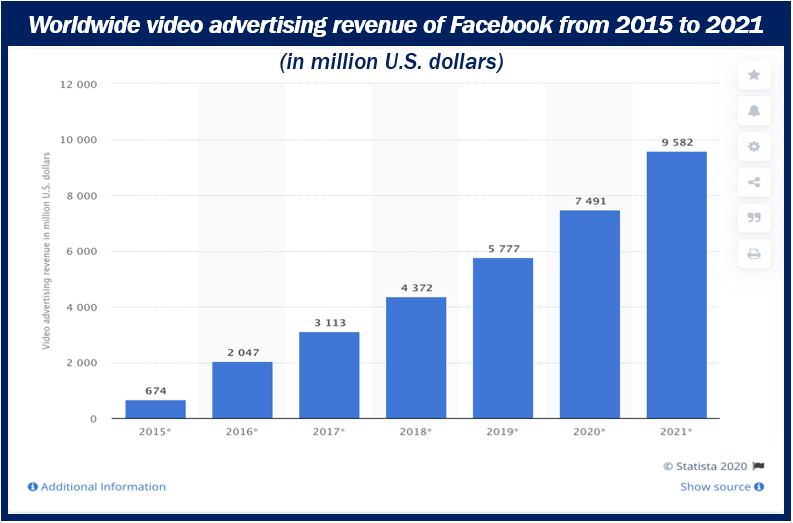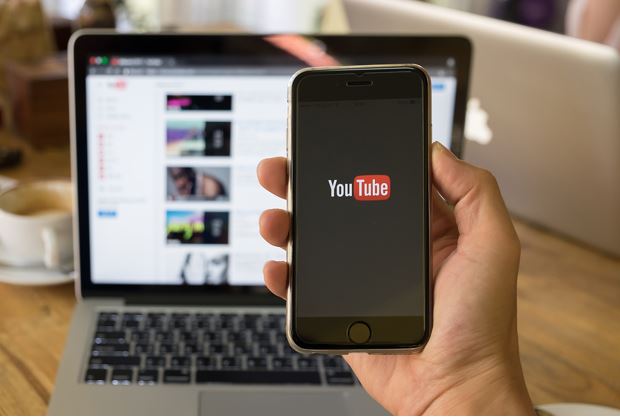Video content is in high demand like never before. Take one quick glance at any of your favorite social networking platforms, blogs or content sites and you will now see most of the content focusing around video. Yes, there is still a huge focus on text (for SEO and many other reasons), but we are now seeing content articles with more video than ever before.
So what does all of this mean for content creators and brands that want to get in video? A lot!
In this article we will be taking a look at video content creation as a whole. We will also dive deeper into three easy and effective ways to start creating content for your brand, while also creating engaging and valuable content for your audience.
Let’s get started!

Video Content Creation Made Easy
Video content. We all know how important it is, and love to watch it ourselves… but so many of us aren’t actually creating it because it’s either too complicated, expensive or time-consuming.
At least that’s what most people seem to think.
This article is focused on providing you with the necessary feedback, resources and tools to understand this couldn’t be further from the truth!
Video content comes in many different shapes and forms, and we are going to highlight three different ways to start creating them for your brand or business right now.
Whiteboard Explainer Videos Have Huge Engagement Numbers
Of the many different types of videos online, one of the most sought after and effective in marketing, sales and learning… is the whiteboard explainer video.
If you’ve ever seen a white video with moving hands that draw pictures or animations that move around and change with a voice over explaining what’s going on, well, that’s a perfect example of what a whiteboard explainer video is.
The reason why these videos work so well, is because they are engaging and usually in high quality design. They also leave the end user wanting more and keeps them engaged for whatever might happen next.
They are also often short and to the point, but leave the viewer wanting more… which is why they are often used on long-form sales pages and intro pages to sites that sell a service or product that would be hard to explain through basic text. You can see a few examples of why and where such videos work well below.
 When it comes to creating such videos, there are plenty of ways to accomplish this. Some designers will use high-end video and design software that takes years of experience to master, while others might draw pictures and move them around in a “stop motion” type of sequence. Another option is to use any of the whiteboard explainer video solutions online that not only speed up the creation process, but also eliminate the need for any technical or design skills as well.
When it comes to creating such videos, there are plenty of ways to accomplish this. Some designers will use high-end video and design software that takes years of experience to master, while others might draw pictures and move them around in a “stop motion” type of sequence. Another option is to use any of the whiteboard explainer video solutions online that not only speed up the creation process, but also eliminate the need for any technical or design skills as well.
Should you want to explore what explainer videos can do for your content site, audience or business, it’s also important that you learn the simple steps to lay out before creating your content. By having these in place, it will make for a much smoother process and often result in much higher quality work.
The five steps in this process are:
- Find a structure for your video and what it’s about
- Tell a story that resonate with your audience
- Find and use pictures that bring your video to life
- Use high-quality audio to look and sound professional
- Use a video creation tool that remove the tech/design guesswork
Though it’s a simple five step process, it’s one that shouldn’t be passed up and changed. With all of these basics laid out beforehand, your explainer video will have all of the necessary elements of an award winning video that converts general audience viewers into highly engaged customers time after time.
Lastly, when using your explainer video for any type of marketing or promotion, don’t forget to include a final call to action and also have your site URL and logo in the video as well.
Video Advertising and ROI is Much Higher than Text ROI
Content creators are often creating content because they want to increase traffic to their sites, explain whatever it is they have to offer and to also make money from their audience and content. The monetization aspect is what we are going to be focusing on in this section.
In-video advertisements are now a multi-billion dollar industry in itself. Just take a look at any of the top channels on YouTube and you will see that they are earning millions of dollars per year, just from ads being served before and during their video viewing. You will also notice that many of the influencers on YouTube likely start out with a fww low-quality videos when first going live with their channel, but then progress up to higher quality as they grow their audience and attract subscribers. This is a perfect example in itself of how important “substance” is over “visual quality”.
As reported by Investopedia, the average cost per thousand (CPM) for YouTube was $7.60. CPM (cost per thousand) back in 2013. Jump forward to today and Influencer Marketing Hub is reporting on average that a YouTube Channel can receive $18 per 1,000 ad views — which is well over double than what it was over a decade ago.
The same thing is now happening on social media platforms like Facebook and Snapchat as well. With mobile device usage on the rise and video engagement at all-time highs, the focus is now on video content creation and monetization than ever before.
Statista reports that Facebook will generate nearly $10 billion in video ad revenue in 2021, which is up from an estimated 674 million U.S. dollars in 2015.
 The takeaway here is clear. More money is pouring into online video, no matter what platform or display method it is on. As video continues to grow in viewership and engagement, more content creators will pour into this space along with advertising dollars as well.
The takeaway here is clear. More money is pouring into online video, no matter what platform or display method it is on. As video continues to grow in viewership and engagement, more content creators will pour into this space along with advertising dollars as well.
Webinars, Live Video and Podcasting for 1-on-1 Engagement
Video content comes in all different shapes and forms. Thinking about video as just a one-to-many concept where one person is creating a video and posting it to a site or on social media, isn’t correct. Businesses and brands are taking interactive video content creation to a whole new level as new opportunities open up all the time.
The correct assumption would be to expand your thought process into the many different areas on the internet and how live user-to-many solutions are expanding opportunities in online video. Throw mobile video creation and live streaming into the mix and you have even more possibilities.
 If you already have whiteboard explainer videos and social media content covered, then you might also want to explore the following content creation methods as well.
If you already have whiteboard explainer videos and social media content covered, then you might also want to explore the following content creation methods as well.
- Webinars – A webinar is an online video that can be live or recorded and then displayed to a wide range of users. These types of videos are often used for higher ticket price sales items and services.
- Live Streaming Video – In the past, live streaming video was limited to only high-bandwidth sites and businesses, but it now is pretty much everywhere. Live stream videos can also be considered as Skype calls and often social media live streaming.
- Podcasting – While the majority of podcasting is audio, a lot of it is done with live recording of video as well and then later added to websites, blogs and social media. When both video and audio recording options are available, this is ideal for creating different types of content for your audience.
Each of these video creation methods are unique in their own way and ideal for different businesses and brands. If you aren’t currently using any of them, take a look at your competition and see if they are. Then start implementing these same methods into your own content creation and marketing efforts.
Mobile Usage is Driving the Demand for Video Content
With mobile usage on the rise and everyone having a high-definition video camera in their pocket, we are only going to see more video content creation and saturation online. However, from a business and branding perspective, it’s always going to be a full-time job to not only optimize and monetize the content and ad placements we have available, but also the type of video we want to represent our brands as well.
Before jumping into your next video content creation or advertising project, be sure to skim through each of the methods listed above and see which you might be missing out on.
And don’t forget, we are living in a very progressive time and this means there is no longer a need to be a professional photographic, videographer or designer to create high-quality work. Simply decide on what type of content you want to create, and then search through Google to find an ideal solution that does most of the work for you.
________________________________________________________
Interesting related article: “Video blogging on a budget.”

